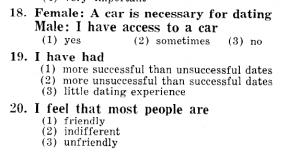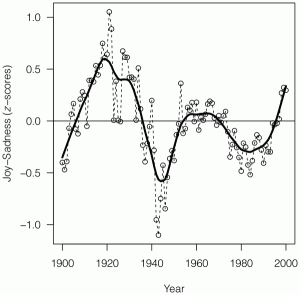Sarah Kendzior has two challenging articles in Al Jazeera about the plight of adjunct faculty, The closing of American academia and Academia’s indentured servants. She is right to draw attention to this and right to accuse those of us who have positions of being silent. But first, the situation:
On April 8, 2013, the New York Times reported that 76 percent of American university faculty are adjunct professors – an all-time high. Unlike tenured faculty, whose annual salaries can top $160,000, adjunct professors make an average of $2,700 per course and receive no health care or other benefits.
Most adjuncts teach at multiple universities while still not making enough to stay above the poverty line. Some are on welfare or homeless. Others depend on charity drives held by their peers. Adjuncts are generally not allowed to have offices or participate in faculty meetings. When they ask for a living wage or benefits, they can be fired. Their contingent status allows them no recourse.
I suspect it isn’t quite as bad in Canada where we typically pay CAD $4000-$8000 a course and everyone has healthcare, but that doesn’t change the fact that we are depending increasingly on sessional instructors to teach our courses. If you don’t count the teaching done by graduate students I’m guessing that about 50% of the teaching (instructorships) in large universities is done by graduate students or sessionals. (This guess is based on limited and anecdotal experience. Here is one story I found.) The effects of the increased dependence on adjunct faculty are sobering:
- We are now in a situation where most faculty are living from contract to contract and being paid little. They have little commitment to the universities that hire them because they aren’t treated well or given a chance to engage over the long term.
- We have created a situation where highly-trained instructors are exploited to keep our cushy tenure-track faculty jobs.
- We are developing a caste system where a small number of tenure-track faculty have significantly different working conditions and opportunities due to the labour of a large adjunct class.
- Full-time faculty have to spend an inordinate amount of time hiring and supervising adjunct faculty.
- Students don’t get taught by full-time faculty until the end of their programs, if then. They often don’t know any full-time faculty and they can’t ask for recommendations from any.
I frankly don’t know how we will get out of this mess. The Adjunct Project is making a start by collecting data so adjuncts can vote with their feet and move to where the conditions are better. Perhaps online courses and colleges like The Minerva Project will introduce competition for good instructors and set an example with fair contracts. Perhaps adjuncts will unionize and strike for better conditions as they did at York. Perhaps we should all try merge with the local high-schools where at least they don’t exploit teachers the way we do.



